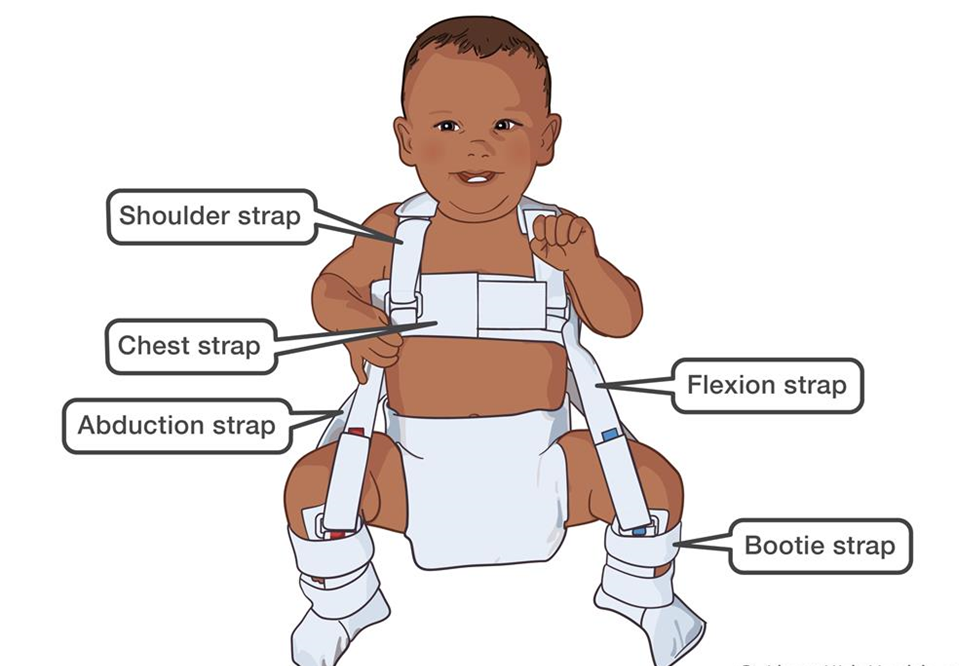A nurse is caring for a 4-year-old child who is 2 days postoperative following the insertion of a ventriculoperitoneal shunt. Which of the following findings should the nurse identify as the priority?
Lethargy
Urine output 70 mL in 2 hr
Lying flat on the unaffected side
Respiratory rate 20/min
The Correct Answer is A
A. Lethargy: Lethargy can be a concerning sign in a postoperative child, especially following a procedure involving the central nervous system like VP shunt insertion. It could indicate increased intracranial pressure or other neurological complications, which require immediate attention. Therefore, this is a priority finding.
B. Urine output 70 mL in 2 hr: While monitoring urine output is important for assessing hydration and renal function, a urine output of 70 mL in 2 hours may not be immediately concerning in a 4-year-old child. However, if this pattern continues or if there are signs of dehydration, it should be addressed. It's not as urgent as assessing for neurological changes.
C. Lying flat on the unaffected side: The positioning of the child, lying flat on the unaffected side, may or may not be concerning depending on the specific instructions provided postoperatively. While positioning can affect the function of the VP shunt, it may not necessarily indicate an immediate complication.
D. Respiratory rate 20/min: A respiratory rate of 20 breaths per minute is within the normal range for a 4-year-old child. While changes in respiratory rate can indicate respiratory distress, this respiratory rate alone is not immediately concerning.
Nursing Test Bank
Naxlex Comprehensive Predictor Exams
Related Questions
Correct Answer is B
Explanation
A. Drooling:
Drooling can occur post-tonsillectomy due to throat discomfort or swelling. However, it is not specific to hemorrhage. It may result from pain, swelling, or difficulty swallowing.
B. Continuous swallowing:
Continuous swallowing is indeed a clinical manifestation of hemorrhage after a tonsillectomy. The presence of blood in the throat triggers the swallowing reflex, leading to frequent swallowing by the patient. This symptom is characteristic of hemorrhage and requires immediate medical attention.
C. Poor fluid intake:
Poor fluid intake can occur post-tonsillectomy due to pain, discomfort, or nausea. While it can be a concern for overall recovery, it is not specific to hemorrhage.
D. Increased pain:
Increased pain can be associated with hemorrhage, especially if it is sudden, severe, or worsening. However, it is not as specific as continuous swallowing in indicating hemorrhage post-tonsillectomy. Increased pain can also be due to various other reasons such as inflammation, infection, or trauma.
Correct Answer is D
Explanation
A. "I will use powders & lotion on his skin around the harness clasps."
This statement indicates a misunderstanding. Powders and lotions should generally be avoided around the harness clasps because they can interfere with the proper fit of the harness and cause irritation or discomfort to the baby's skin.
B. “I will remove the harness daily, prior to giving the bath.”
This statement is incorrect. The Pavlik harness is typically not removed for bathing, as it needs to be worn continuously to maintain proper positioning of the hips and promote optimal healing. Removing the harness daily for bathing can disrupt the treatment process and delay progress.
C. "I will adjust the harness straps every day."
This statement indicates a misunderstanding. The harness should not be adjusted daily without guidance from the healthcare provider. The straps of the Pavlik harness are initially adjusted by the healthcare provider to ensure proper fit, and they should remain in place without frequent adjustments to maintain stability and effectiveness.
D. "I will check my baby's skin under the straps frequently."
This statement indicates an understanding of the teaching. It is essential for the mother to regularly check her baby's skin under the harness straps for any signs of irritation, redness, or pressure sores. Monitoring the skin closely allows for early detection of any issues that may arise from wearing the harness.

Whether you are a student looking to ace your exams or a practicing nurse seeking to enhance your expertise , our nursing education contents will empower you with the confidence and competence to make a difference in the lives of patients and become a respected leader in the healthcare field.
Visit Naxlex, invest in your future and unlock endless possibilities with our unparalleled nursing education contents today
Report Wrong Answer on the Current Question
Do you disagree with the answer? If yes, what is your expected answer? Explain.
Kindly be descriptive with the issue you are facing.
